Ford Transit Transporter vs Volvo XC40 – Which car suits you better?
Everyday use, family trips or long-distance drives – here’s where the differences show.
Discover whether Ford Transit Transporter or Volvo XC40 fits your lifestyle better.
Here’s where it gets real: The technical differences in detail
Costs and Efficiency: When it comes to price and running costs, the biggest differences usually appear. This is often where you see which car fits your budget better in the long run.
Volvo XC40 has a slight advantage in terms of price – it starts at 36800 £, while the Ford Transit Transporter costs 39900 £. That’s a price difference of around 3171 £.
Fuel consumption also shows a difference: the Volvo XC40 manages with 6.50 L and is therefore clearly perceptible more efficient than the Ford Transit Transporter with 7.90 L. The difference is about 1.40 L per 100 km.
Engine and Performance: Power, torque and acceleration are the classic benchmarks for car enthusiasts – and here, some clear differences start to show.
When it comes to engine power, the Ford Transit Transporter has a clearly perceptible edge – offering 269 HP compared to 197 HP. That’s roughly 72 HP more horsepower.
In terms of top speed, the Volvo XC40 performs noticeable better – reaching 180 km/h, while the Ford Transit Transporter tops out at 120 km/h. The difference is around 60 km/h.
There’s also a difference in torque: the Ford Transit Transporter pulls clearly perceptible stronger with 430 Nm compared to 300 Nm. That’s about 130 Nm difference.
Space and Everyday Use: Cabin size, boot volume and payload all play a role in everyday practicality. Here, comfort and flexibility make the difference.
Seats: Ford Transit Transporter offers slightly more seating capacity – 6 vs 5.
In curb weight, the Volvo XC40 is noticeable lighter – 1688 kg compared to 2074 kg. The difference is around 386 kg.
In maximum load capacity, the Ford Transit Transporter performs clearly better – up to 14100 L, which is about 12772 L more than the Volvo XC40.
When it comes to payload, Ford Transit Transporter convincingly takes the win – 2607 kg compared to 532 kg. That’s a difference of about 2075 kg.
Our conclusion: The Ford Transit Transporter proves to be is largely superior and thus becomes our DriveDuel Champion!
Overall, Ford Transit Transporter is the better all-rounder in this comparison.
Ford Transit Transporter
The Ford Transit Transporter has long been a staple in the commercial vehicle sector, renowned for its reliability and versatility. It offers a comfortable cabin with a modern design that enhances the driving experience, making long journeys more enjoyable. With a focus on practicality, the Transit provides ample cargo space, meeting the demands of businesses and individual users alike.
details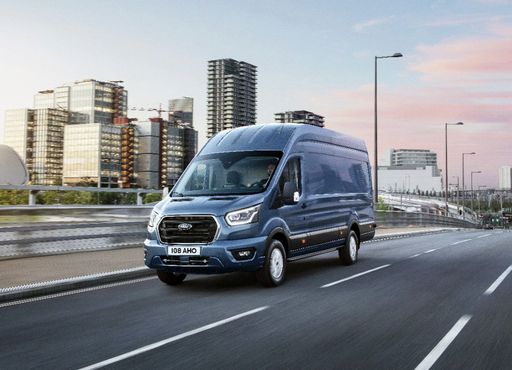 @ media.ford.com
@ media.ford.com
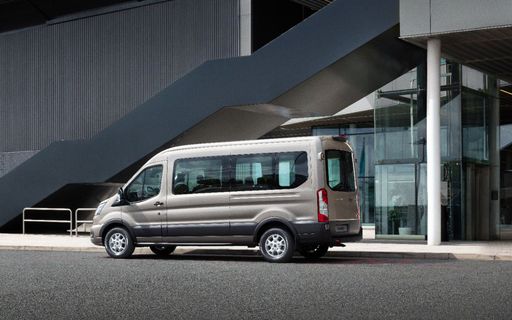 @ media.ford.com
@ media.ford.com
 @ media.ford.com
@ media.ford.com
Volvo XC40
The Volvo XC40 is a standout model in the compact SUV segment, offering a delightful blend of Scandinavian design and practicality. Its interior is both stylish and functional, featuring premium materials and innovative storage solutions that make every journey comfortable. The car's performance is smooth and responsive, with advanced safety features ensuring peace of mind for drivers and passengers alike.
details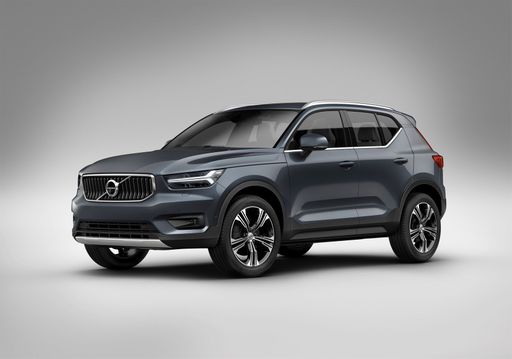 @ media.volvocars.com
@ media.volvocars.com
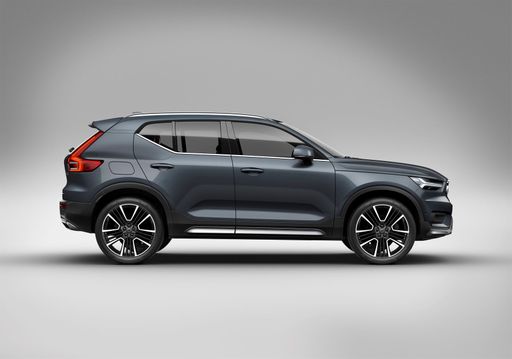 @ media.volvocars.com
@ media.volvocars.com
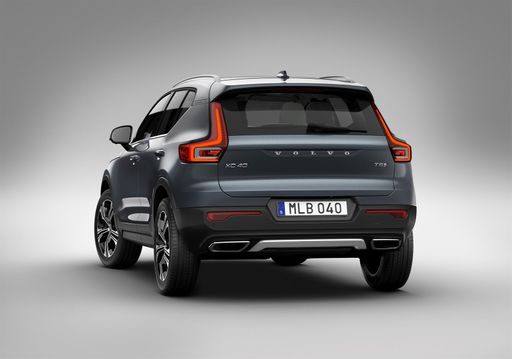 @ media.volvocars.com
@ media.volvocars.com
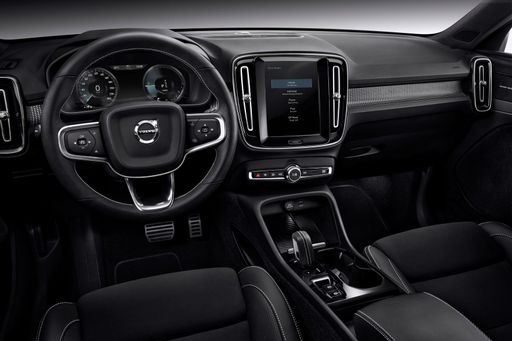 @ media.volvocars.com
@ media.volvocars.com
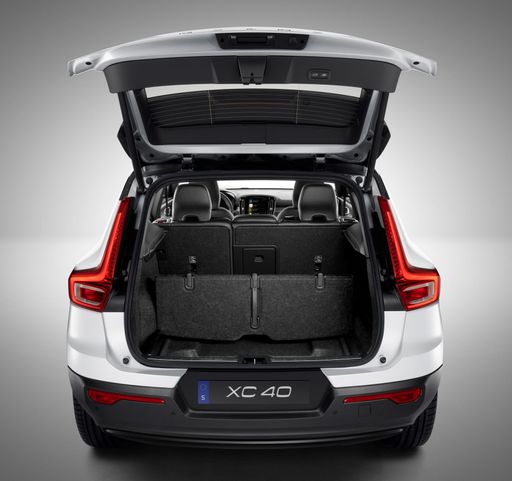 @ media.volvocars.com
@ media.volvocars.com

|

|
|
|
|
Costs and Consumption |
|
|---|---|
|
Price
39900 - 69100 £
|
Price
36800 - 47200 £
|
|
Consumption L/100km
7.9 - 10.3 L
|
Consumption L/100km
6.50 L
|
|
Consumption kWh/100km
21.3 - 32 kWh
|
Consumption kWh/100km
-
|
|
Electric Range
247 - 317 km
|
Electric Range
-
|
|
Battery Capacity
68 kWh
|
Battery Capacity
-
|
|
co2
0 - 270 g/km
|
co2
147 - 148 g/km
|
|
Fuel tank capacity
70 L
|
Fuel tank capacity
54 L
|
Dimensions and Body |
|
|---|---|
|
Body Type
Cargo Van
|
Body Type
SUV
|
|
Seats
3 - 6
|
Seats
5
|
|
Doors
4
|
Doors
5
|
|
Curb weight
2074 - 2765 kg
|
Curb weight
1688 kg
|
|
Trunk capacity
-
|
Trunk capacity
452 L
|
|
Length
5531 - 6704 mm
|
Length
4425 mm
|
|
Width
2059 mm
|
Width
1863 mm
|
|
Height
2530 - 2778 mm
|
Height
1652 mm
|
|
Max trunk capacity
9300 - 14100 L
|
Max trunk capacity
1328 L
|
|
Payload
735 - 2607 kg
|
Payload
532 kg
|
Engine and Performance |
|
|---|---|
|
Engine Type
Diesel, Electric
|
Engine Type
Petrol MHEV
|
|
Transmission
Manuel, Automatic
|
Transmission
Automatic
|
|
Transmission Detail
Manual Gearbox, Automatic Gearbox, Reduction Gearbox
|
Transmission Detail
Dual-Clutch Automatic
|
|
Drive Type
Front-Wheel Drive, Rear-Wheel Drive, All-Wheel Drive
|
Drive Type
Front-Wheel Drive
|
|
Power HP
105 - 269 HP
|
Power HP
163 - 197 HP
|
|
Acceleration 0-100km/h
-
|
Acceleration 0-100km/h
7.6 - 8.6 s
|
|
Max Speed
120 km/h
|
Max Speed
180 km/h
|
|
Torque
310 - 430 Nm
|
Torque
265 - 300 Nm
|
|
Number of Cylinders
4
|
Number of Cylinders
4
|
|
Power kW
77 - 198 kW
|
Power kW
120 - 145 kW
|
|
Engine capacity
1996 cm3
|
Engine capacity
1969 cm3
|
General |
|
|---|---|
|
Model Year
2019 - 2024
|
Model Year
2024
|
|
CO2 Efficiency Class
G, A
|
CO2 Efficiency Class
E
|
|
Brand
Ford
|
Brand
Volvo
|
What drivetrain options does the Ford Transit Transporter have?
Available configurations include Front-Wheel Drive, Rear-Wheel Drive or All-Wheel Drive.
The prices and data displayed are estimates based on German list prices and may vary by country. This information is not legally binding.
